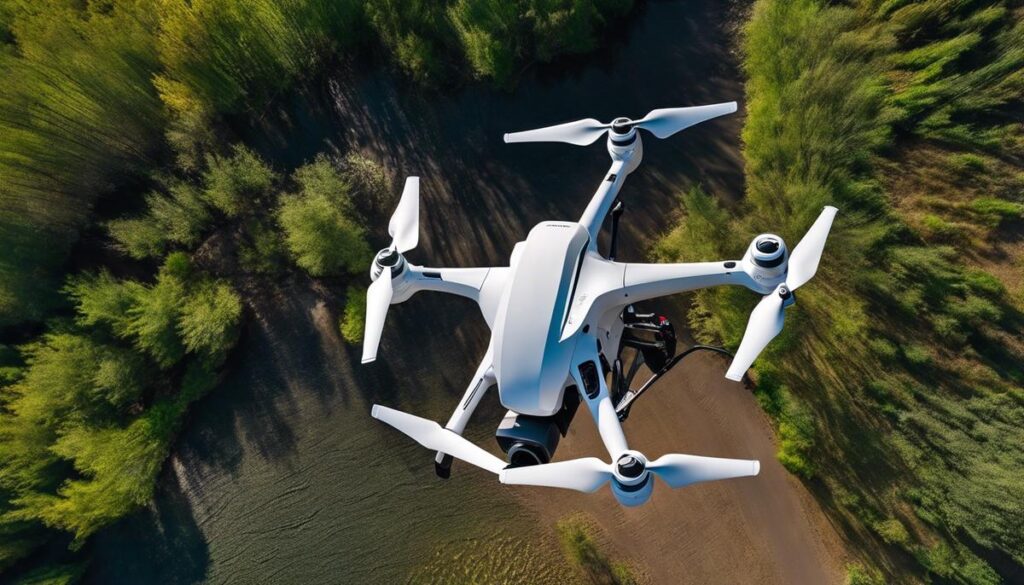As an enthusiast or hobbyist, understanding the ins and outs of drone insurance is crucial to protecting your investment and mitigating potential risks. Drones can be expensive and accidents do happen, so having insurance coverage is essential to avoiding financial pitfalls while enjoying your passion for flying. This guide will explore various aspects of drone insurance, including the importance, types, providers, policy options, requirements, risk assessment, management, and the process of filing a claim.
Understanding the Importance of Drone Insurance
Acknowledge the potential risks
Regardless of your skill level, accidents can happen when flying a drone. Some potential risks include:
- Loss of control, leading to crashes or damaging property;
- Collisions with other drones, birds, or objects in the air;
- Malfunctioning devices causing harm to yourself or others;
- Infringement of privacy laws if your drone accidentally captures footage of private property or people without consent.
Understand the financial implications
In case of an accident, you may face the following financial implications:
- Repair or replacement costs for a damaged drone or damaged parts;
- Medical expenses if an accident results in injury to yourself or a bystander;
- Legal fees if you find yourself facing a lawsuit or fines due to privacy law violations or property damage;
- Loss of income if you use your drone for commercial purposes and suffer downtime due to an accident or malfunction.
Consider liability coverage
Liability insurance is vital as it can protect you from these financial implications in the event of an accident or damages caused to third parties. Even if you are flying a drone for recreational purposes, a liability policy offers peace of mind by covering:
- Bodily injury to others;
- Property damage caused by your drone;
- Legal fees if someone sues you for damages;
- Medical expenses for injuries sustained by others due to your drone operations.
Explore insurance options
Depending on how often you fly your drone and the risks you may encounter, there are several insurance options available:
- On-demand insurance: Offers coverage for a specific duration (e.g., per flight, per day), which can be cost-effective if you fly your drone infrequently or for specific events;
- Annual policy: Provides coverage for a year, ideal for frequent flyers or commercial drone operators who require consistent protection;
- Personal liability coverage: Some homeowner’s or renter’s insurance policies may offer limited liability coverage for drone operation. However, it’s essential to verify with your insurance provider and understand the extent of the coverage.
Comparison shop for the best policy
When looking for drone insurance, take the time to compare various companies and policies. Consider factors such as:
- The coverage limits offered by the policy;
- Deductibles and premium cost;
- Coverage for drone damage and loss;
- Whether the policy includes additional services, such as access to legal experts, training resources, or replacement drones.
Conclusion
Drone insurance is essential for all drone enthusiasts and hobbyists, as it provides much-needed protection against financial implications due to potential risks and accidents. By understanding the importance of insurance and finding the right policy for your drone needs, you can continue enjoying your passion with the confidence that you’ll be covered in case of unexpected mishaps.

Photo by visualeditor on Unsplash
Types of Drone Insurance
Hull Insurance:
Hull insurance covers the physical damage or repair cost of the drone itself. This type of insurance is designed to protect your investment in the drone hardware.
- Covers the cost of repairing or replacing your drone in the event it sustains physical damage in an accident or is lost.
- May include coverage for theft, vandalism, or damage from natural disasters.
- Be sure to understand the policy’s deductible (the amount you’ll need to pay out-of-pocket before insurance coverage kicks in).
- Make sure your policy covers the full value of your drone, including any modifications or upgrades you’ve made.
Liability Insurance:
Liability insurance protects you financially in case your drone causes damage to someone’s property or injures someone. This type of insurance is essential for drone operators, as it can help protect against potential lawsuits.
- Covers legal expenses and potential payouts for property damage or injury caused by your drone.
- Make sure your policy includes coverage for both bodily injury and property damage.
- Liability coverage limits usually range from $500,000 to $5 million or more.
- Important for both commercial and recreational drone pilots.
Payload Insurance:
Payload insurance covers the payload carried by your drone, such as camera equipment or other valuable accessories. This type of insurance is beneficial if you use your drone for aerial photography or videography.
- Covers losses to your drone’s payload resulting from accidents or damage incurred during flight.
- May cover the cost of repair or replacement for damaged payload equipment.
- Choose a coverage limit appropriate for the value of your payload equipment.
- Be aware that some policies may have specific exclusions, such as not covering payloads during transit (on the ground) or damage due to mechanical failure.
How to Get Drone Insurance:
- Research and compare insurance providers — Make sure to research various insurance providers that offer drone-specific policies. Look for reviews from other drone operators and consider factors like customer service, policy coverage, and price.
- Get quotes from multiple providers — Contact several insurance providers and request quotes for the types of coverage you’re interested in. Provide accurate information about your drone, payload, and intended usage to ensure your quotes are accurate and comparable.
- Review your options and choose the right policy — Once you’ve gathered quotes, compare the coverage, pricing, and any additional benefits offered. Choose the policy that offers the best protection for your drone while still fitting within your budget.
- Complete the paperwork and finalize your coverage — Once you’ve selected a policy, work with the insurance provider to finalize the details and complete any required paperwork. Make sure to review the policy’s terms and conditions and understand your responsibilities, such as maintaining your drone and complying with local regulations.
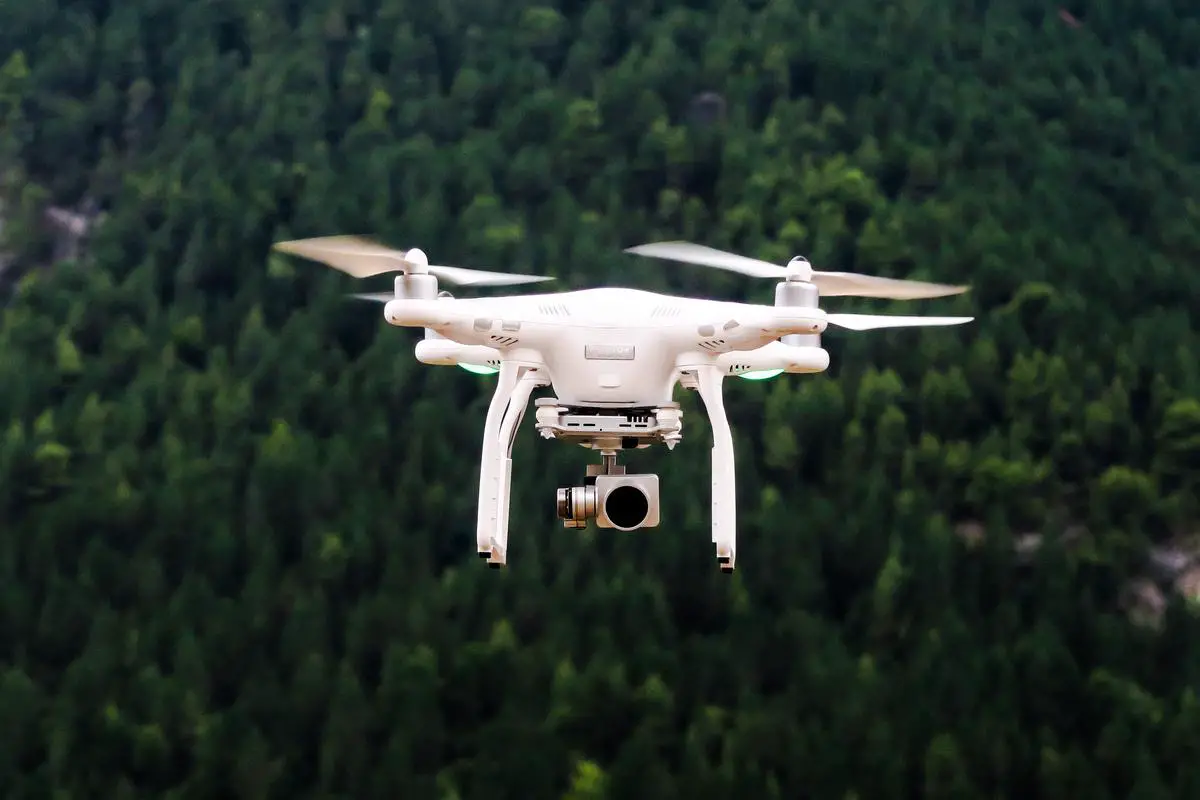
Photo by jeisblack on Unsplash
Drone Insurance Providers
Before researching and comparing drone insurance providers, consider your specific needs and preferences. Some factors to consider might include:
– The type of drone you have
– How often you fly your drone
– Whether you use your drone for personal or commercial purposes
– The amount of coverage you need (liability, hull, and equipment)
– Your budget for insurance premiums
There are two main types of drone insurance: liability insurance and hull insurance. Liability insurance covers damage to third-party property and personal injury caused by your drone. Hull insurance covers damage to your drone and its accessories, such as the camera and gimbal.
Additionally, some providers offer on-demand insurance, which allows you to purchase coverage for a specific time period (such as a few hours or days) instead of on an annual basis. This might be a more cost-effective option if you only fly your drone occasionally.
Begin researching drone insurance providers by conducting an online search, checking industry forums, and asking for recommendations from fellow drone enthusiasts. Create a list of potential providers based on your research.
Some well-known drone insurance providers in the United States include:
– Global Aerospace
– AVION Insurance
– SkyWatch.AI
– Verifly (now Thimble)
After you’ve created a list of potential providers, start comparing the coverage and pricing options offered by each company. Important factors to consider include:
– The amount of liability coverage provided
– The scope of hull coverage (if applicable)
– Whether equipment and accessories are covered
– The availability of on-demand and annual policies
– The provider’s claims process and responsiveness
– The monthly or annual insurance premiums
If you’re unsure of the coverage you need, consult with an insurance agent who has experience with drone coverage.
Once you’ve narrowed down your list based on coverage and pricing, research the provider’s reputation by reading online reviews from other drone enthusiasts or consulting with colleagues. Be on the lookout for red flags such as a history of denied claims or poor customer service. Prioritize providers with a proven track record of handling claims efficiently and fairly.
Contact the providers on your shortlist for quotes and to ask any questions you might have. This is an opportunity to clarify specific details related to your needs (such as whether a provider offers coverage for your specific drone model). It’s also important to discuss how the insurance policy functions, including the deductible amount and any exemptions in coverage.
After researching and comparing your options, choose the drone insurance provider that best meets your needs and preferences in terms of coverage, pricing, reputation, and customer service. Remember to review and understand the terms and conditions of your policy before signing it.
With drone insurance in place, you can now fly your drone with confidence, knowing that you are protected in the event of an accident or damage. Remember to practice safe flying habits and adhere to any Federal Aviation Administration (FAA) regulations applicable to drone operation.
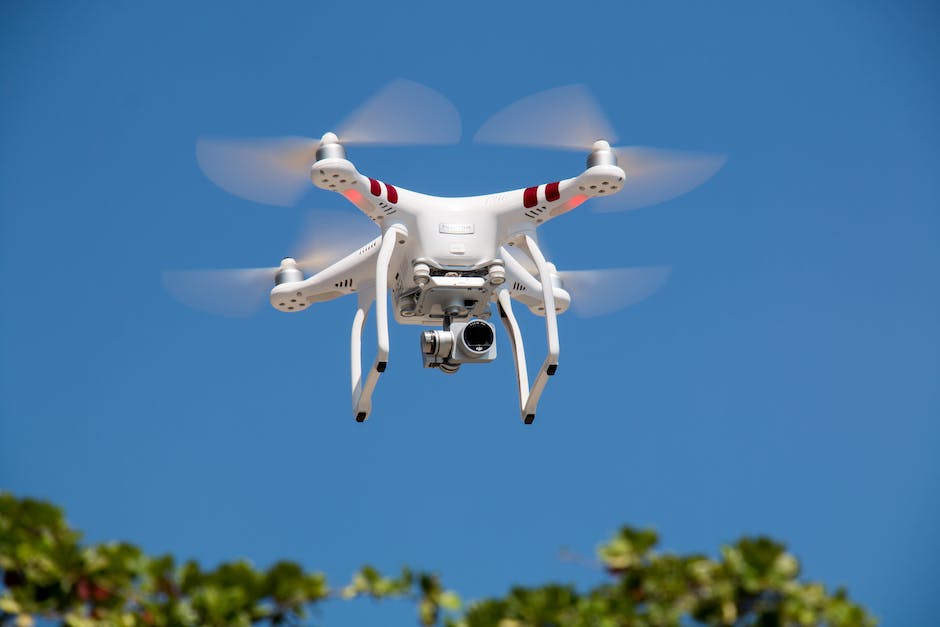
Coverage and Policy Options
Assess your needs and risks before looking for drone insurance. Evaluate your drone activities and consider potential risks.Research insurance providers and coverage options. Compare different providers’ coverage options and policies to find the best fit for you.Understand the different coverage options. Keep liability, hull, payload, ground equipment, and non-owned drone coverage in mind when shopping for drone insurance.Understand policy features and limitations. Consider coverage limits, deductibles, exclusions, and policy period when comparing drone insurance policies.Obtain quotes and compare. Contact insurance providers or complete online quote forms to receive quotes for drone insurance.Purchase the policy. After deciding on the best policy that fits your needs, purchase the policy through the insurance provider by completing any necessary paperwork and paying the premium.
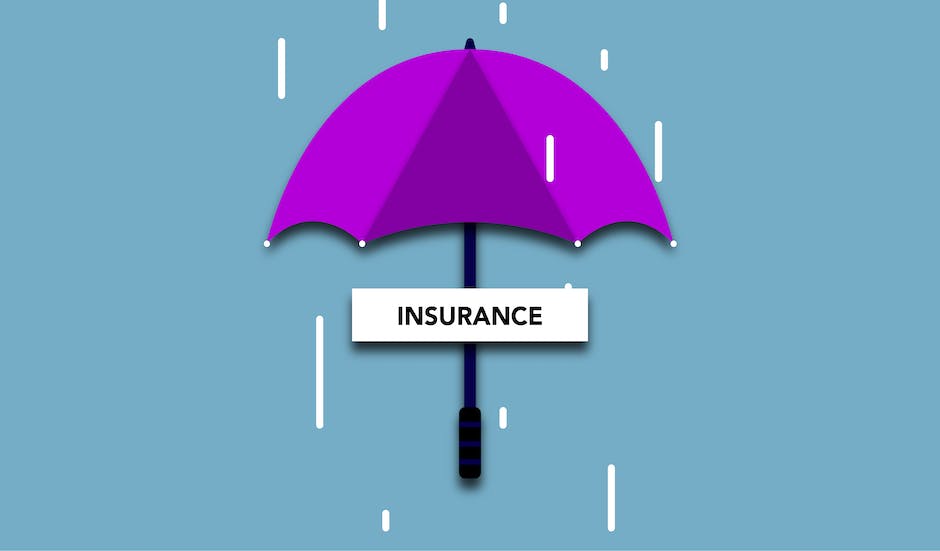
Insurance Requirements and Regulations
Step 1: Research drone regulations in your area. Visit the FAA’s Unmanned Aircraft Systems website to ensure you comply.Step 2: Determine if you need drone insurance. It provides liability coverage if accidents happen.Step 3: Understand the difference between recreational and commercial drone use. Commercial drone insurance typically has higher coverage limits.Step 4: Look for an insurance provider and research them.Step 5: Assess the available coverage options: Liability, Hull, Personal injury, Medical expense, and Business interruption coverage.Step 6: Obtain quotes and compare costs from several insurance providers.Step 7: Complete the application process after selecting a drone insurance provider.Step 8: Purchase your policy and maintain coverage to protect you and your drone.
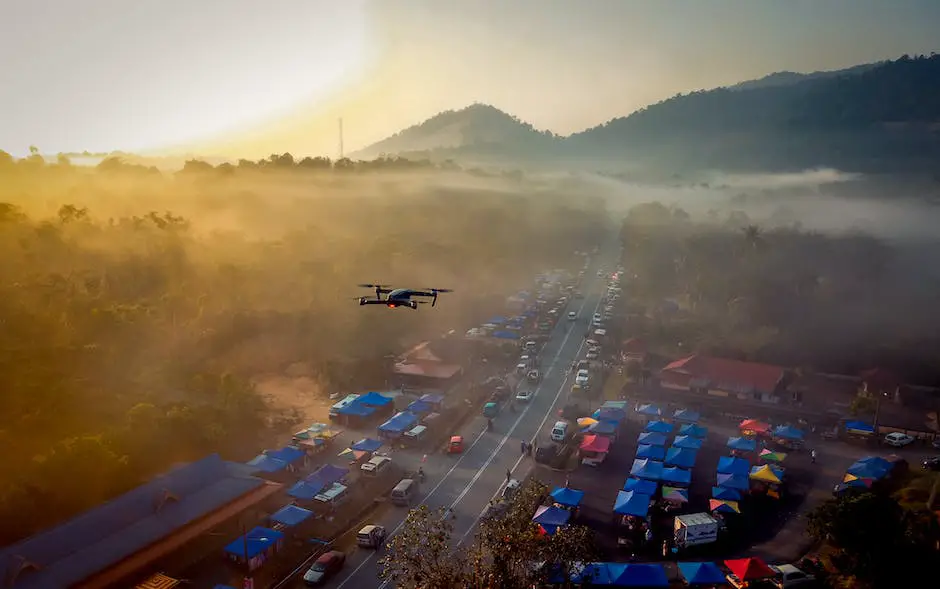
Risk Assessment and Management
As a drone enthusiast or hobbyist, you understand the importance of conducting proper risk assessment and management to minimize accidents and liabilities. In this guide, we will walk you through the process of obtaining drone insurance and provide insights on best practices in drone risk assessment and management.Before purchasing drone insurance, assess your specific usage for your drone. Are you using it for recreational purposes or commercial operations? Most recreational drone owners may not require insurance, while commercial drone operations typically include insurance to cover potential liabilities and damages.There are two primary types of drone insurance – hull insurance and liability insurance. Hull insurance covers physical damage to the drone itself, while liability insurance covers third-party claims for property damage or bodily injury caused by your drone. Determine the right type of coverage for your specific needs.Research and compare different drone insurance providers to understand their coverage options, pricing, and policy features. Look for a provider with a strong reputation, transparent pricing, and a tailored policy that fits your specific needs as a drone enthusiast or hobbyist.Request quotes from multiple insurance providers and compare them based on coverage, price, and additional features. It’s essential to choose a policy that adequately covers your risks and aligns well with your budget.Check the weather forecast: Flying in unfavorable weather conditions can increase the risk of accidents. Avoid flying in strong winds, rain, or fog.Perform a thorough inspection of your drone before each flight, ensuring that all components are functioning correctly and are properly secured.Study the area where you’ll be flying, including any restricted zones or potential hazards, such as power lines, buildings, or wildlife.Understand and adhere to the FAA’s guidelines for the operation of drones, including altitude limits, prohibited airspace, and respecting others’ privacy.Keep your drone within your line of sight at all times to prevent any accidents or collisions.Stay well below the FAA’s maximum altitude limits and maintain safe distances from people, buildings, and vehicles.Familiarize yourself with your drone’s emergency controls, such as Return-to-Home and auto-landing features, in case you lose control of your drone.Regularly analyze your flight data to identify any patterns or trends that may indicate potential risks, such as repeated close calls or equipment malfunctions.Perform routine maintenance on your drone, such as cleaning, inspecting for damage, and replacing worn parts, to keep it in good working condition.

Filing an Insurance Claim
Step 1: Assess the Damage
Before anything, carefully assess the damage to your drone and determine if an insurance claim is necessary. Note the extent of the damage, what caused it (e.g., a crash, equipment failure, etc.), and any potential costs involved in repairing or replacing the drone.Step 2: Gather Your Supporting Documentation
To file a successful claim, you’ll need to gather all necessary documentation to support your case. This may include:
– Photos or videos of the damage
– Receipts for repairs or replacement parts
– Police or incident reports (if applicable)
It’s a good idea to keep a file with all relevant documents for easy reference during the claims process.Step 3: Review Your Policy
Before contacting your insurer, review your drone insurance policy to ensure that the damage and circumstances are covered. Pay close attention to any policy exclusions, deductibles, and claim limits. Knowing the specifics of your policy will help you properly communicate the details of your claim and avoid any surprises later on.Step 4: Contact Your Insurer
Call or email your insurance provider’s claims department to report the damage and request a claim form. Be prepared to provide your policy number and details about the incident (e.g., date, time, location, etc.) during this initial contact.Step 5: Fill Out the Claim Form
Complete the claim form provided by your insurer. Be accurate and thorough in filling out the form, including all relevant information and documentation. In some cases, you may be able to submit the claim form online, while others may require you to print and mail the completed form.Step 6: Submit Your Claim
Once you’ve completed the claim form and gathered any additional documentation, submit your claim to your insurance provider. Make sure to keep a copy of everything you submit for your records. Note the date of submission and follow up with your insurer if you don’t receive a response within a week or two.Step 7: Communicate with Your Insurer
Be prepared for further communication with your insurance provider. They may request additional information or clarification about your claim. Respond to their inquiries promptly and professionally to help ensure a smooth claims process.Step 8: Await the Decision
Your insurer will review your claim and any supporting documentation to determine whether or not to approve it. This process may take several weeks, and approval is not guaranteed. It’s important to remain patient while awaiting a decision.Step 9: Review the Insurance Company’s Response
If your claim is approved, your insurer will provide details about how they will cover the costs for your drone’s repair or replacement. Carefully review this information to ensure that everything is correct and in line with your policy’s coverage. If your claim is denied, review the reasons provided by the insurer and consider whether it’s worth disputing their decision.Step 10: Complete the Repair or Replacement Process
Once your claim is approved, you can begin the process of repairing or replacing your damaged drone. Work with your insurance provider to ensure that all necessary steps are taken and that the work is completed satisfactorily.
Remember that maintaining a respectful and professional demeanor throughout the process can make things much smoother for everyone involved. You’ll have a much better chance of a successful outcome if you are patient, organized, and proactive in managing your drone insurance claim.
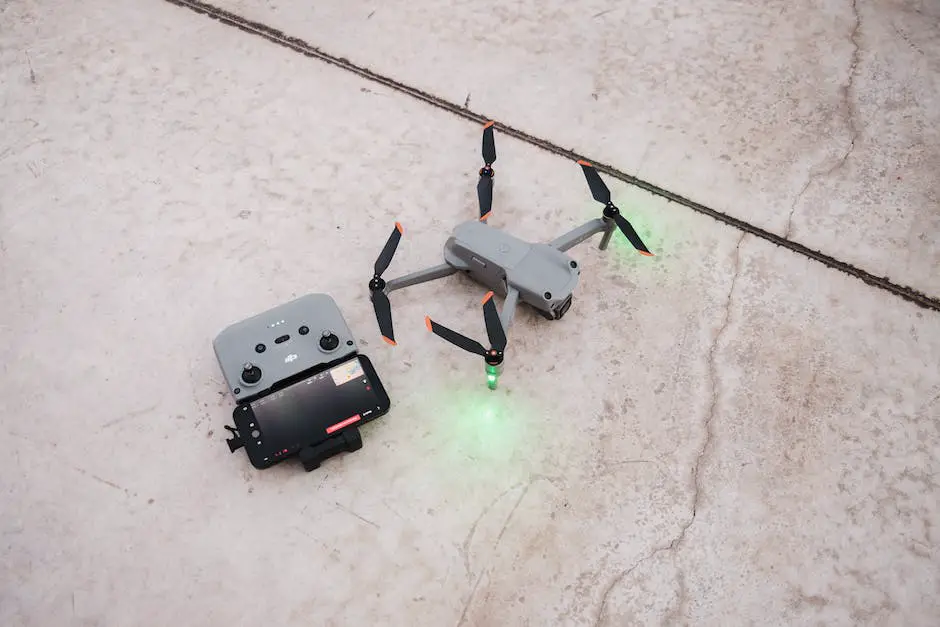
Maintaining and Updating Insurance
It is essential for drone enthusiasts and hobbyists to be aware of the importance of maintaining and updating their drone insurance. This not only ensures continued coverage but also helps in staying compliant with industry standards and regulations. Here is a step-by-step guide on how to maintain and update your drone insurance:
- Keep track of your insurance policy’s expiration date: Make sure you are aware of when your current drone insurance policy expires so you can renew it on time. You may want to set calendar reminders or use an app that helps you manage important dates.
- Stay informed about changes in regulations: Periodically check for updates on Federal Aviation Administration (FAA) regulations and local laws governing drone usage. Staying informed will ensure that your insurance policy continues to provide adequate coverage in case of changes in legal requirements.
- Regularly review your coverage: Assess your insurance policy at least once a year or whenever there is a significant change in your drone usage. This includes factors such as buying a new drone, using it for commercial purposes, or flying in high-risk areas. Reviewing your coverage helps you identify any gaps that may necessitate changes to your policy.
- Update your policy if necessary: If you notice any shortcomings in your coverage or if there are changes to drone regulations, contact your insurance provider to discuss adjusting your policy. This may include requesting additional coverage, modifying policy terms, or switching to another insurance provider to find a better-suited plan.
- Maintain documentation of drone use and maintenance: Keeping a record of your drone usage—including flight hours, locations, and maintenance performed—can be helpful in case of an insurance claim. Documentation serves as evidence of your responsible drone usage and adherence to manufacturer guidelines, which may positively influence your claim process.
- Keep your drone in good condition: Ensuring that your drone remains in proper working order is crucial to prevent accidents and reduce risk. Regular maintenance, following manufacturer guidelines, and promptly addressing any issues can help minimize the chances of an accident resulting in an insurance claim.
- Practice safe flying: Adhering to safety guidelines and best practices while operating your drone can help prevent accidents and minimize the need for insurance claims. This includes following no-fly zone regulations, maintaining a safe distance from people and property, and avoiding flying in adverse weather conditions.
- Consider joining a drone community or organization: Being a part of a local or online drone community can be beneficial for staying up-to-date with the latest industry trends, regulatory changes, and possible insurance discounts. Some organizations even offer member-exclusive insurance policies or discounts that could better suit your needs.
- Stay in communication with your insurance provider: Regularly communicating with your insurance provider helps ensure a better understanding of policy terms and conditions, as well as any regulations that may affect your coverage.
By following these steps, you can maintain and update your drone insurance policy with confidence, ensuring continued coverage and compliance with industry standards and regulations.

Appropriate drone insurance coverage is a critical component to enjoying your hobby or business venture safely and responsibly. By researching different policies and providers, understanding the nuances of coverage options and regulations, and practicing proper risk assessment and management, you can ensure that you are well-prepared for any potential mishaps. Don’t forget to periodically review and update your insurance to keep pace with industry standards and to maintain protection for your valuable asset.
Originally posted 2023-05-28 05:12:16.

